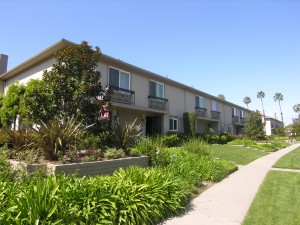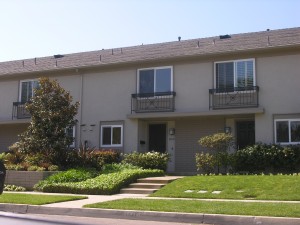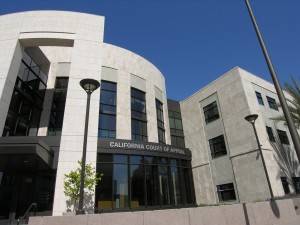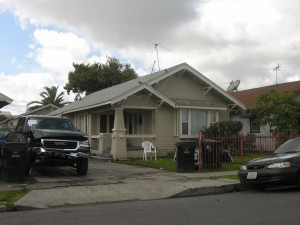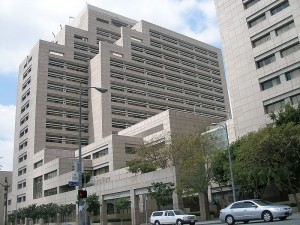Concerning duties of the homeowner in a common interest subdivision.
NEWPORT BEACH, CA–Dover Village is a 38-unit condominium complex, governed by the aptly named Dover Village homeowner association (“HOA”).
One unit here was owned by Patrick Jennison when, in July 2007, Patrick noticed seepage coming up through the floor. It seemed to be from a sewer line.
Patrick contacted the HOA, and its property management company sent a contractor to investigate.
The contractor figured the seepage came from sewer pipe installed by the builder in 1965, so he ripped up the flooring and jackhammered the concrete slab foundation.
Finding a burst pipe two feet beneath the slab, the contractor determined it had to be replaced. So the contractor jackhammered and dug some more, finally clearing a trench about 50 feet in length through Patrick’s living room and into the front yard.
After the pipe was replaced and the slab repaired, Patrick replaced carpeting and floor tiles and sent a bill to the HOA for $2,235.
The HOA refused to pay and, on advice of its attorney, the Board of Directors sent Patrick a letter demanding reimbursement for repair work to the tune of $15,453. The Board said the sewer pipe “exclusively serviced” Patrick’s condo, so was his to maintain and repair.
The HOA and Patrick headed to court, where the judge ruled that the sewer pipe is common area to be maintained by the HOA. The judge also awarded Patrick $16,490 for attorneys’ fees and costs. The HOA appealed.
On appeal, the HOA referred to its governing CC&Rs (conditions, covenants and restrictions) which distinguish “common areas” within the condo complex from “exclusive use common areas” servicing a single unit. Patios and garage areas are, for example, exclusive use common areas. It’s the duty of the condo owner to maintain his (or her) exclusive use common areas and, the HOA said, a unit’s sewer pipe should be treated no differently than its patio or garage.
Patrick answered saying the CC&Rs also state that “pipes” and “other utility installations” are not part of the condo unit, unless “located within the physical boundaries of the unit.” Since the pipe was beneath the slab, Patrick argued it’s in common area and a responsibility of the HOA.
The Court of Appeal affirmed the trial court, agreeing with Patrick and holding the sewer pipe is “common area.”
Referring to the CC&Rs, and to California’s common interest subdivision statutes, the Court said sewer pipes are interconnected with main and lateral lines throughout a condo complex and, therefore, cannot reasonably be called “‘fixtures’ of any particular unit.”
Likewise, the Court said sewer pipes are not comparable to patio and garage areas, because it’s not reasonable to believe “individual unit owners somehow control sewer pipes beyond the boundaries of their unit.”
Moral: A key to understanding this decision is knowing how condo units are legally created and described.
Unlike a plot of land, legally described by metes and bounds or by reference to a lot on a recorded survey map, condo units are described as airspace with a fixed location in relation to land as shown by the condominium plan. The boundaries of the condo unit are its floor, walls and ceiling. Everything outside the airspace is common area, or other condo units.
And how, you may ask, did this dink-dollar case make it to the Court of Appeal? Here’s the real poop: Patrick’s legal defense was paid by his homeowners insurance carrier. The risk of a slab leak is commonly covered by homeowners insurance in California, and Patrick’s insurer saw this as a case they had to win.
The case is Dover Village Association v. Jennison, 191 Cal.App.4th 123 (Cal. App. 2010).

